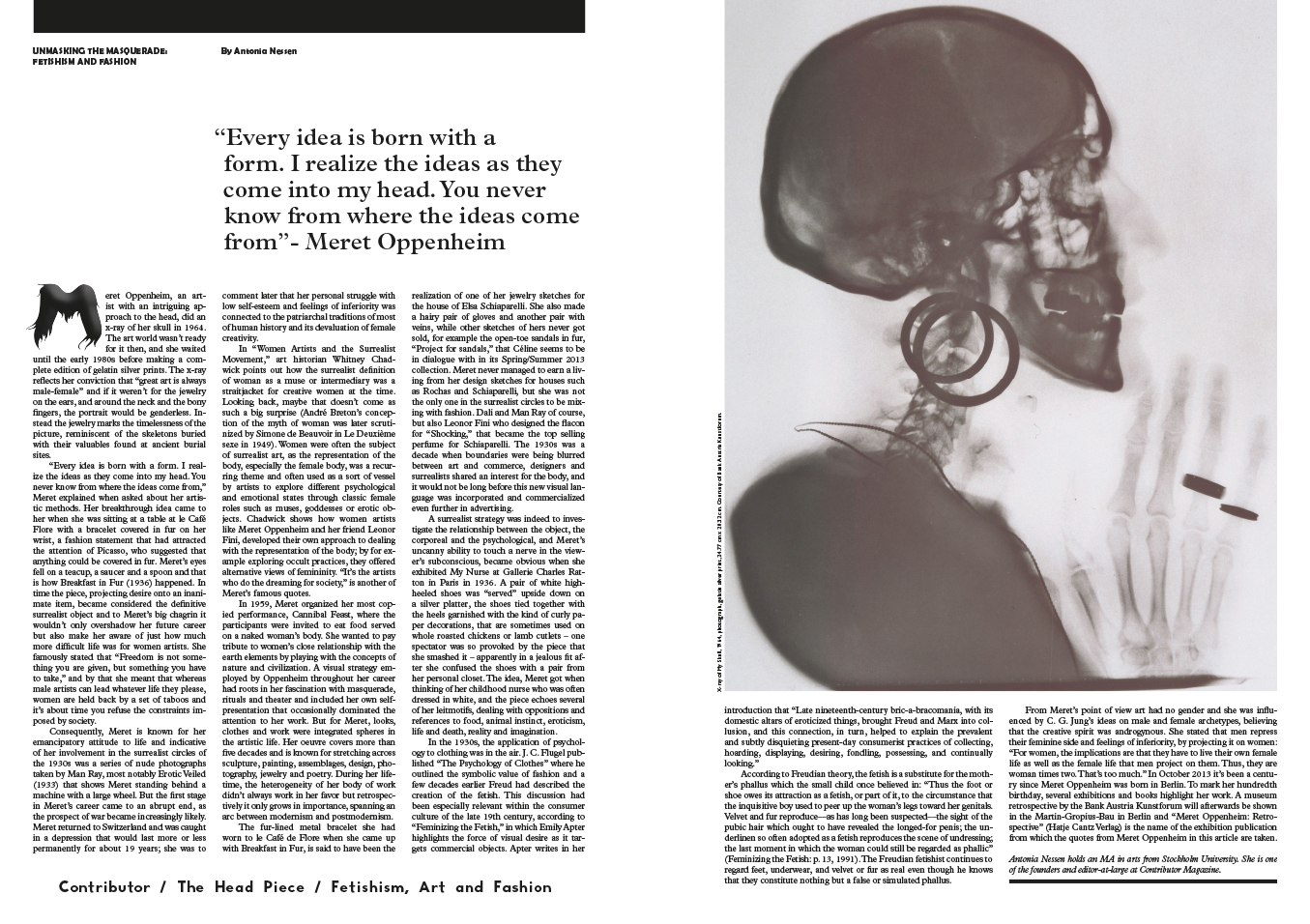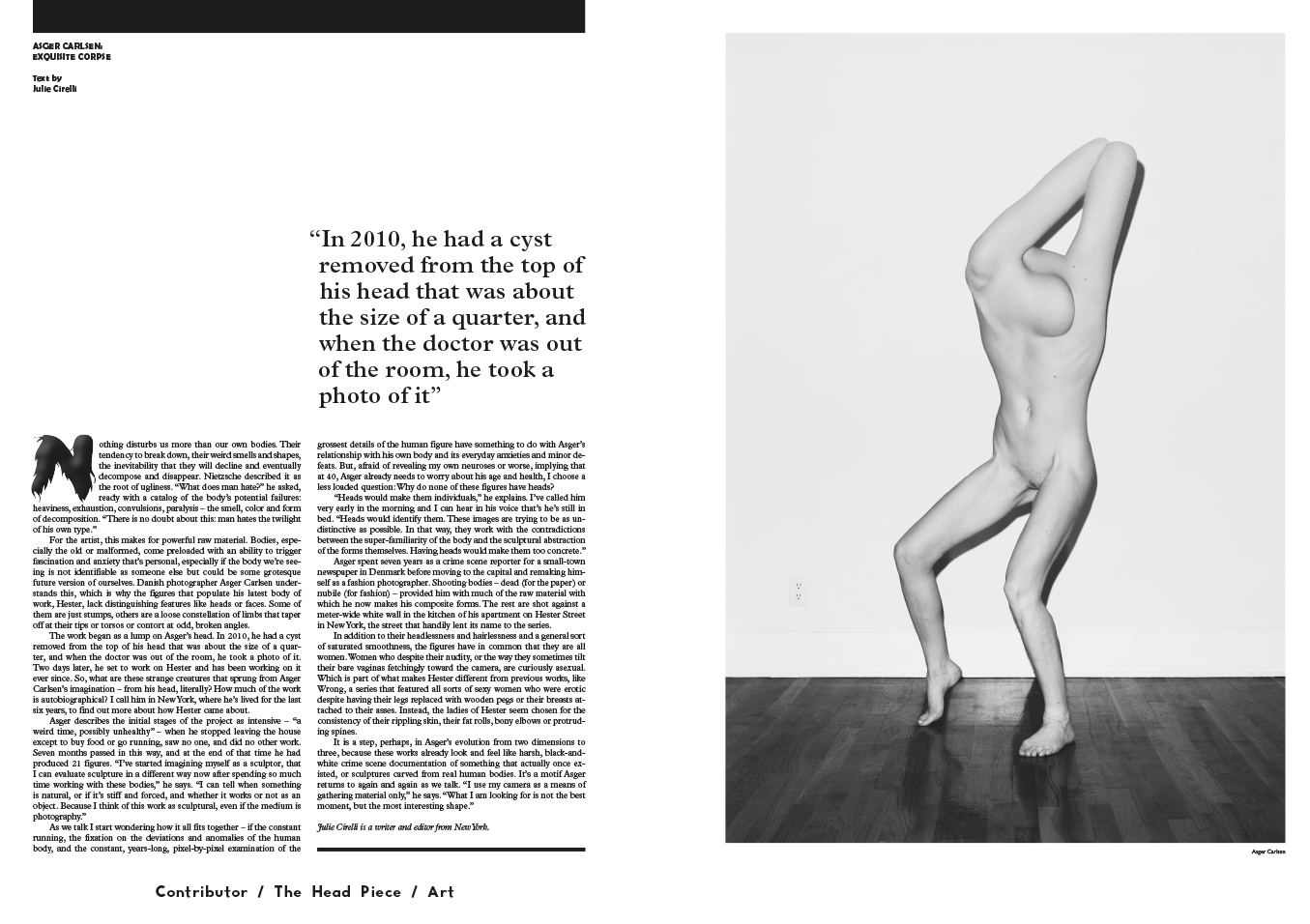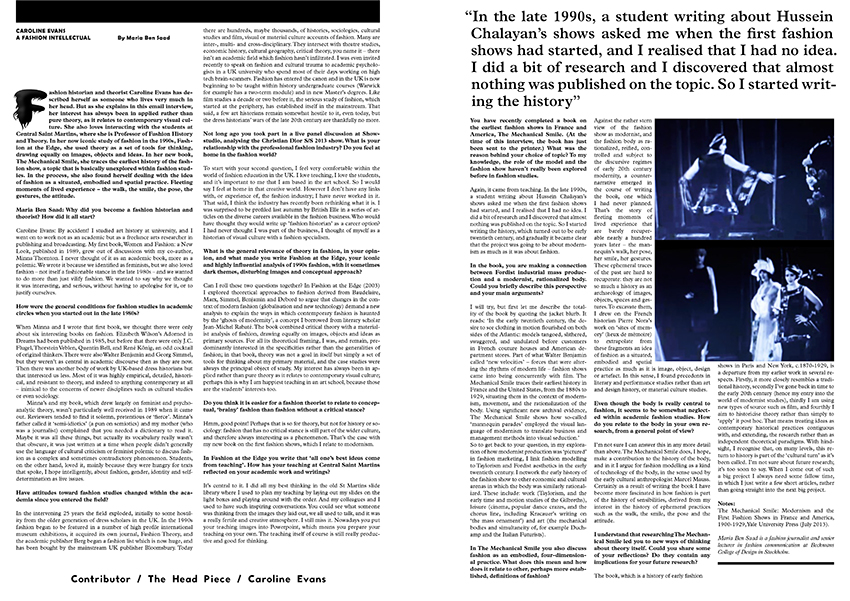-

The Closing Chapter. Interview with Bill Skarsgård
We meet Bill Skarsgård in the neighborhood “Little Portugal” in Toronto to talk about his acting and the chapter of his life that is about to come to a close. By Antonia Nessen.
-
Who is your Boss? Introducing The Boss Issue
Who is your boss? We decided that the ultimate way to explore the theme ”boss” is through posters. Exploring the space around us with the help of icons, idols, portraits of heroes and world leaders is a tradition as old as civilization. With the theme of this issue we’are also acknowledging that the true classic on leadership and management for ruthless bosses The Prince turns 500 years. Readers of different eras have interpreted Niccolo Machiavelli’s scandalous manual for political leaders in ways that match their own experience. In 1539 an English cardinal argued that The Prince was written “by Satan’s hand.” Rousseau on the other hand insisted on that Machiavelli was instructing people how to secure a republic. The fashion world loves to play with symbols of power, radical rhetoric, and borrow vocabulary from politics.
-

Jared Leto. Interview and Cover Story
“I wanted to be a painter but felt constrained by the two-dimensionality and by the process at the time. I explored everything from sculpting to pottery to photography and then focused on filmmaking, all the while making music in my own time. It was there and with music I connected in a deep way.” Interview and cover story with Jared Leto by Yu Tsai. Fashion by Martina Nilsson
-
Interview with Director Gaspar Noe
Gaspar Noe is known for exploring what lies under the surface through the darker side of human experience and psychology. He has been called a genius and a provocateur and the intensity of his films leaves his audiences with mixed emotions – many are enthusiastic or surprised, others anxious or confused. With sincere openness, the accomplished Buenos Aires-born auteur speaks to Sophie Caby about the relationship between the body and mind. Portrait by P.J. van Sandwijk.
-
As beautiful as the chance meeting. Interview with a Jewelry Artist
One of the reasons why award-winning jewelry artist Märta Mattsson started working with dead organic material was because insects scared her. By confronting the uncon- scious, her creative process works as a kind of cognitive behavioral therapy that allows her to explore the polarity between the ugly and the beautiful, the repulsive and the appealing, […]
-

Bohemians of the past. Artistic conflicts in fin de siècle-Europe
Fashion is riddled by contradictions, defined by the constant tension between surface and content, reaching into the future by continuously reinventing its past. This paradox was especially present during the turn of the last century, when rural and pre-industrial life swiftly (but in no way easily) gave way to a more modern existence, defined through urbanity, fashion and new media. By Philip Warkander.
-

Unmasking the Masquerade. Fetishism, Art and Fashion
“Every idea is born with a form. I realize the ideas as they come into my head. You never know from where the ideas come from”- Meret Oppenheim. An artist with an intriguing approach to the head, Meret Oppenheim did an x-ray of her skull in 1964, when the art world wasn’t ready for it. The x-ray reflects her conviction that “great art is always male-female”. By Antonia Nessen
-

Exquisite corpse. Interview with Artist Asger Carlsen
Nothing disturbs us more than our own bodies. Their tendency to break down, their weird smells and shapes, the inevitability that they will decline and eventually decompose and disappear. Nietzsche described it as the root of ugliness. “What does man hate?” he asked, ready with a catalog of the body’s potential failures: heaviness, exhaustion, convulsions, paralysis – the smell, color and form of decomposition. “There is no doubt about this: man hates the twilight of his own type.” By Julie Cirelli
-
Heads and Headlessness. Essay by Stefanie Hessler
The head is a particularly popular body part amongst artists, art historians and spectators alike. Antique busts are often the only segments remaining of Greek and Egyptian sculptures, and promise a certain transcendence to past worlds. Just like death masks, they radiate an aura of proximity to their models, who continue to live through the mould. Let me take you on a brief and arbitrary journey around curiosities of the head and headlessness in art history and today. By Stefanie Hessler
-

A Fashion Intellectual. Interview with Caroline Evans
Fashion historian and theorist Caroline Evans has described herself as someone who lives very much in her head. But as she explains in this email interview, her interest has always been in applied rather than pure theory, as it relates to contemporary visual culture. She also loves interacting with the students at Central Saint Martins, where she is Professor of Fashion History and Theory. In her now iconic study of fashion in the 1990s, ‘Fashion at the Edge’, she used theory as a set of tools for thinking, drawing equally on images, objects, and ideas. In her new book, ‘The Mechanical Smile’, she traces the earliest history of the fashion show, a topic that is basically unexplored within fashion studies. In the process, she also found herself dealing with the idea of fashion as a situated, embodied and spatial practice. Fleeting moments of lived experience – the walk, the smile, the pose, the gestures, the attitude. Interview by Maria Ben Saad
